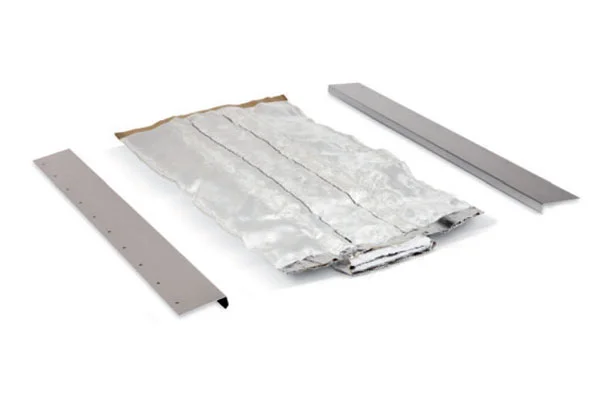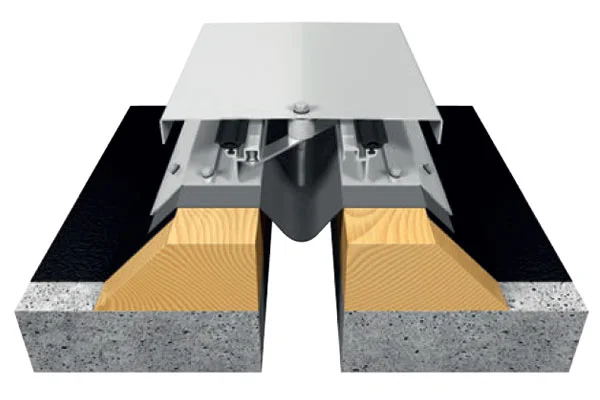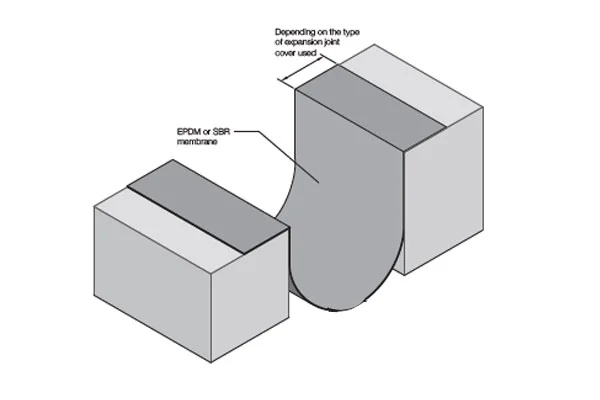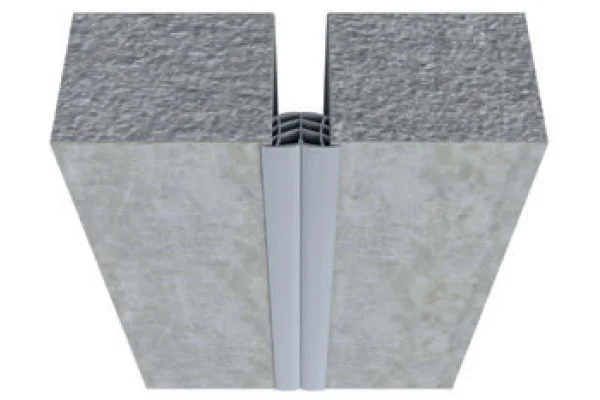A fixed-roof NFL stadium and mixed-use district planned for 326 acres in Arlington Heights, Ill., could become one of the largest privately led construction projects in Illinois history—if the Chicago Bears secure legislative approval this fall for a “mega-project” bill granting long-term property-tax certainty.
However, Chicago Mayor Brandon Johnson has made clear he believes the franchise should remain in the city. “Look, the Bears belong in the city of Chicago… I believe that people know that,” Johnson said during an Aug. 2025 interview on WSCR-AM’s Rahimi & Harris Show. “We want to make sure the ownership of the Chicago Bears, the Park District and the residents of the city of Chicago have a real seat at the table to discuss a pathway forward.”
Johnson’s office did not return ENR’s request for additional comment. Team executives say the design is completed, but construction hinges on a state “mega-project” bill this fall that would give long-term property-tax certainty.
“That is our plan… We strongly believe that is the only location in Cook County that will allow us to build a new Chicago Bears stadium with a fixed roof,” team President and CEO Kevin Warren said Aug. 8, adding, “We are making great progress… Those meetings are going well. Making excellent, excellent progress” in weekly coordination with Arlington Heights officials.
Soldiering Westward
According to Warren, the club could “move dirt” before year-end if the bill passes in October, break ground in 2026 and open in roughly three years—a schedule comparable to the 30-month build of Minneapolis’ $1.1-billion U.S. Bank Stadium, which he oversaw as Minnesota Vikings COO.
The Bears purchased the former Arlington International Racecourse site in February 2023 for $197.2 million, a deal they said at the time could generate $9.4 billion in economic impact and $3.9 billion in labor income, according to a statement on the team’s website.
In March 2024, Arlington Heights then-Mayor Tom Hayes called the property a “unique potential” redevelopment opportunity, citing its size, transit access and regional location, but warned that village leaders will “…not approve any plan that does not meet these expectations” for broad community benefits.
The village shifted its focus over the past several months, confirming in April 2025 that it was conducting a more detailed review. Traffic and economic impact studies for the Bears were being independently peer-reviewed, funded by the team. Village staff said those reviews would help determine infrastructure needs and the feasibility of a redevelopment plan.
Warren confirmed the stadium design is finished and that the team’s immediate priority is passage of the “mega-project” bill in the Illinois General Assembly’s fall veto session. The measure would allow large-scale developments to negotiate property-tax terms directly with local taxing bodies for up to 40 years.
“This is an economic bill that would give people jobs… Yes, the Bears would benefit from it. But there is much more than the Bears benefiting from this bill. The entire state of Illinois would benefit from it,” Warren said, estimating 56,000 construction jobs and 9,100 permanent jobs if the stadium moves forward.
The property’s current tax structure is governed by a December 2024 Memorandum of Understanding between the Bears, the Village of Arlington Heights, and local taxing bodies. The agreement sets the site’s assessed value at $125 million—its approximate value as a vacant parcel—and fixes annual property taxes at about $3.6 million from 2025 through 2027, provided the land remains unimproved.
The village’s published FAQ states that the arrangement automatically terminates if the Bears select another location for the stadium or if significant construction begins. Village officials said the intent is to give the team and taxing bodies certainty during the predevelopment phase while preserving the right to renegotiate once vertical construction changes the property’s value.
Illinois Gov. J.B. Pritzker has not committed to the “mega-project” bill but has kept the door open, telling reporters in August during a media event, “It’s something we’re still considering… We’re going to evaluate what the costs are… and the benefits that come from attracting businesses as a result of providing that ability to use those tax dollars,” NBC Chicago first reported.
The 326-acre parcel slated for redevelopment, formerly the Arlington International Racecourse site in suburban Arlington Heights, Ill. Image courtesy of Google Maps
The team has not announced its construction delivery method or named a design-builder. The village approval process will require comprehensive traffic and parking analyses, as well as economic-impact studies, but no formal planned-development application has yet been filed.
During the Bears’ preseason TV broadcast against the Dolphins on Aug. 10, Chairman George H. McCaskey said, “But we’ve got to convince them that this is going to be great for the state. That’s on us,” underscoring the team’s need to sell the tax-certainty bill to Springfield. The exchange, aired live, was posted by the club; McCaskey joined Adam Amin, Jim Miller and Stacey Dales in the booth.
Other modern NFL stadiums offer scale and financing benchmarks: U.S. Bank Stadium in Minneapolis cost $1.1 billion and was delivered in about 30 months with substantial state and city funding; Allegiant Stadium in Las Vegas opened in 2020 at $1.97 billion, supported by $750 million in public bonds; SoFi Stadium in Inglewood, Calif., home to the Rams and Chargers, opened in 2020 at a privately financed cost of $5.5 billion; while Lucas Oil Stadium in Indianapolis opened in 2008 at $720 million with significant state and local tax contributions.
Design responsibilities for the proposed suburban relocation are split. Manica Architecture is leading the stadium design, the firm says, bringing experience from Allegiant Stadium in Las Vegas (delivered with HNTB as architect of record) and Chase Center in San Francisco. Hart Howerton prepared the Arlington Heights master plan and early district renderings for the broader mixed-use program; the firm remains part of the broader design-build team.
The Bears’ lease at Soldier Field runs through 2033, but nothing in municipal code prevents breaking ground in Arlington Heights before then if agreements are finalized. The project’s viability will turn on three parallel tracks: legislative passage of the mega-project tax bill, municipal approvals for traffic, parking and economic studies, and a procurement strategy for design and construction that accommodates Midwest winter conditions and NFL schedule deadlines.
“We stand ready. The stadium is designed,” Warren said. “It’s just a matter of aligning all the pieces.”








